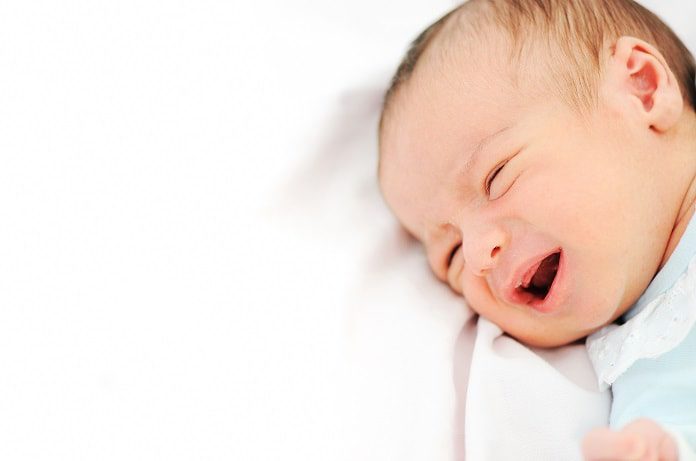A new study set out to determine whether a combination of MRIs and other assessments may be able to improve early and accurate diagnosis, as well as early treatment, of cerebral palsy in babies.
Cerebral palsy (CP) is an umbrella term to describe disorders that affect muscle tone, coordination, movement, balance, and posture. CP is caused by damage to the brain either in utero, during birth, or shortly afterward. Although not every case of CP has a clear-cut explanation, some common causes of this damage are strokes (bleeding in the brain), infections, asphyxia (lack of sufficient oxygen), prenatal exposure to drugs or alcohol, and head injuries. A low birth weight, often due to premature birth, can also increase the chances of developing cerebral palsy in babies.
CP is the most common physical disability in childhood (occurring in 1 in 500 live births). Although clinical signs and symptoms of CP are often apparent very early in life, CP diagnosis typically occurs between the ages of 12-24 months when children fail to meet certain milestones such as turning over, sitting and standing, feeding themselves, speaking, or toilet training. While CP does not generally affect life expectancy, motor skills can either improve or decline over time depending on how the condition is managed. As such, for individuals diagnosed with CP, early diagnosis is essential to optimizing motor function and quality of life.
In a recent study published in JAMA Pediatrics, researchers from Australia investigated if an accurate, early diagnosis of cerebral palsy in babies could be made. They conducted a systematic search of the literature regarding the early diagnosis of CP in MEDLINE (1956-2016), EMBASE (1980-2016), CINAHL (1983-2016), and the Cochrane Library (1988-2016). Search terms included cerebral palsy, diagnosis, detection, prediction, identification, predictive validity, accuracy, sensitivity, and specificity. Six systematic reviews and 2 evidence-based clinical guidelines met inclusion criteria.
Based on these studies, they report that the most predictive tools for detecting risk in babies under 5 months of age are: MRIs (86%-89% sensitivity), the Prechtl Qualitative Assessment of General Movements (98% sensitivity), and the Hammersmith Infant Neurological Examination (90% sensitivity). In babies six months of age or older, the most predictive tools for detecting risk are MRIs (86%- 89% sensitivity), the Hammersmith Infant Neurological Examination (90% sensitivity), and the Developmental Assessment of Young Children (83% C index).
The researchers concluded that when clinicians see early clinical signs and symptoms of cerebral palsy in babies (such as muscle tremors, difficulty sucking or swallowing, or stiff muscles), they should refer them for assessment using the diagnostic tools indicated above. The prompt referral will allow for earlier therapeutic intervention, optimal infant motor plasticity, fewer secondary complications, and enhanced quality of life for both the infant and their caregivers.
Written by Debra A. Kellen, PhD
Reference:
Novak, Iona, et al. “Early, Accurate Diagnosis and Early Intervention in Cerebral Palsy: Advances in Diagnosis and Treatment.” JAMA Pediatrics (2017). DOI:10.1001/jamapedicatrics/2017.1689



